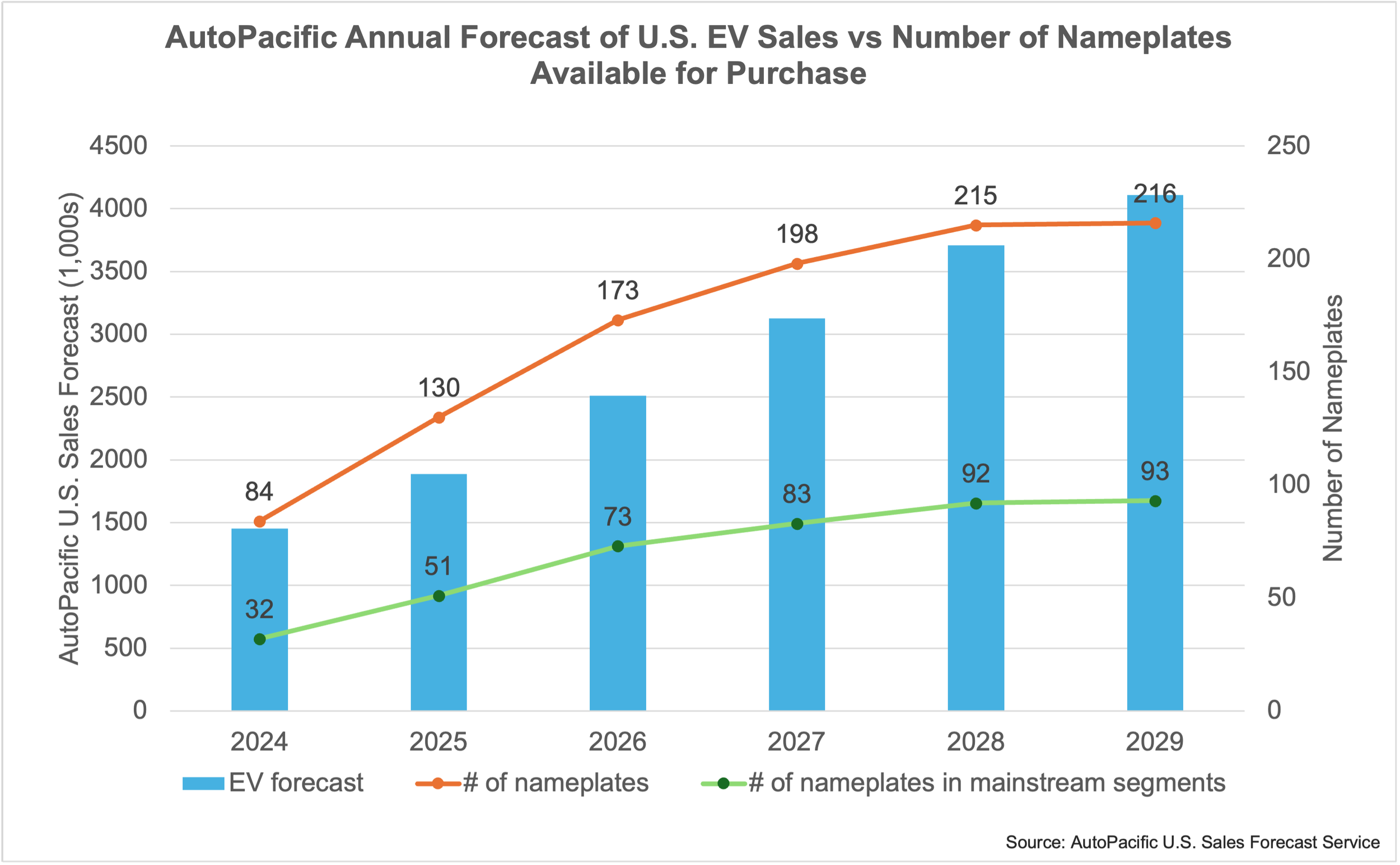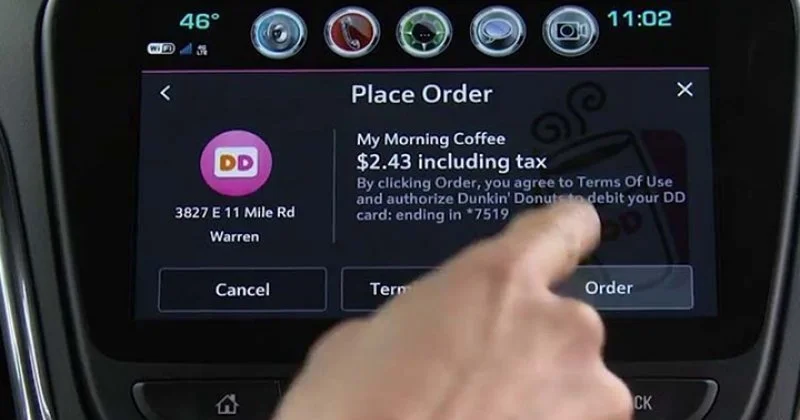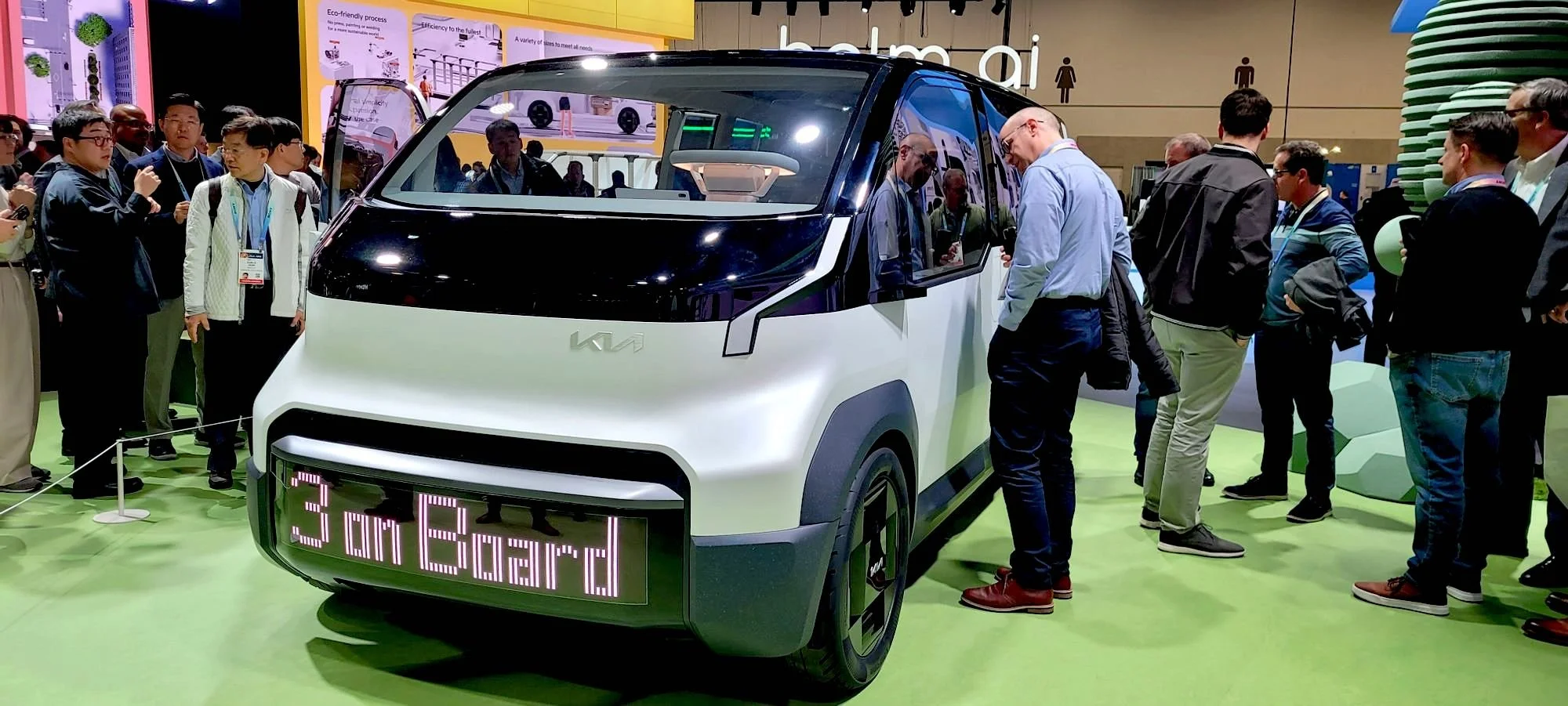by robby degraff, Manager of Product and Consumer Insights; Ed Kim, President and Chief Analyst
There are currently no Chinese vehicle brands for sale in the U.S., but what if there were? In a recent survey issued by AutoPacific, nearly half of respondents said they are familiar with Chinese vehicle brands and about 35% of respondents said they would consider (definitely or maybe) purchasing a new vehicle from a Chinese brand. The results are part of our bi-monthly Fuel Price Impact Survey, issued to a proprietary panel of vehicle owners in the U.S. The survey yielded responses from nearly 800 respondents aged 18-80 who were asked a unique set of questions about Chinese-brand vehicles and privacy concerns. However, that overall purchase consideration doesn’t tell the whole story. When broken down by age, 76% of respondents under 40 said they would consider buying a vehicle from a Chinese brand. Consideration then declines significantly by age group with only about 26% of those 60 and older willing to consider one. A surprising number of American consumers are familiar with Chinese car brands even though none are sold here currently. This is especially true among savvy Millennials and Gen Z, who would be the most likely to consider acquiring a vehicle from a Chinese brand.
Concerns About Privacy are High Regardless of Age Range
Overall, 44% of respondents said they would be very concerned about their privacy if Chinese-brand vehicles were sold in the U.S., and another 34% would be somewhat concerned. Even younger respondents, those under age 40, have concerns about privacy, with 73% saying they would be concerned about their privacy. However, despite strong concern among the under 40 age group, purchase consideration remains high. Privacy concerns about Chinese-brand vehicles are likely to eventually subside given that most of the connected smartphones, smart watches, laptops, connected home devices we are comfortable using every day are in fact manufactured in China.
Respondents of all ages were similarly concerned about potential national security risks if Chinese automakers were to sell their vehicles in the U.S. (68% to 82% depending on age group), and regardless of manufacturing location of the Chinese-branded vehicle: China, U.S., or other countries including Mexico.
The Biggest Game-Changer for Consideration is Vehicles Built on this Side of the Globe
North American vehicle assembly is becoming more of an imperative “must” among automakers with EVs in order to meet eligibility requirements for mainstream vehicle shoppers to take advantage of federal tax credits for electric vehicle purchases. Could U.S. assembly of Chinese-brand vehicles also be a way to bolster consumer consideration? 16% of all respondents and 39% of those under age 40 said that knowing a Chinese-brand vehicle was built in the U.S. would increase their purchase consideration. Even 12% of respondents aged 60 and older, the least likely to consider a Chinese-brand vehicle, stated they’d be more open to one.
Heading south, a handful of Chinese automakers are already selling and will soon build lower-cost vehicles in Mexico for the Mexico market. Under current USMCA free trade rules, such vehicles could potentially be eligible for the full tax credit if they are sold in the U.S., as well as avoid the just-announced 100% tariff announced by the Biden Administration on Chinese-built vehicles.
When gauging consideration for a Chinese-brand vehicle if it were assembled in Mexico and then sold here in the U.S., about 37% overall would definitely or maybe consider a Chinese-brand vehicle made in Mexico, with that jumping to 73% among those under 40. Only about 29% of those 60 or older would consider a Chinese-brand vehicle built in Mexico.
EVs from Chinese Brands Could Solve Many of the Roadblocks Holding Up U.S. Buyers
It’s no secret Chinese brands are building some of the most innovative new EVs with striking technology, cutting-edge software, hyper-fast charging speeds, and fun features desired by younger buyers, and doing so at price points that significantly undercut what EVs from American, Japanese, Korean, and European brands currently sell for in the U.S. market. AutoPacific research has shown a main reason many Americans are hesitant towards EVs is purchase price, and Chinese-brand EVs could potentially offer appealing EV products that could generate excitement for EVs at much more affordable price points.
Despite the punishing new 100% tariff on Chinese-built automobiles, it is likely only a matter of time before they arrive on these shores – just as Japanese automakers did decades ago despite efforts to limit their presence here. Younger generations of shoppers are clearly aware of the enticing products Chinese automakers are cooking up overseas. It’s only a matter of “when” they’ll be able to get their hands on them.



















